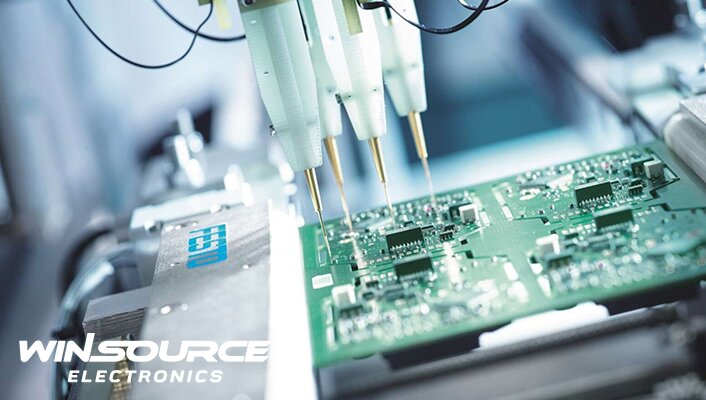
Table of Contents
ToggleIntroduction
In a rapidly evolving technological environment, printed circuit boards (PCBs) are the unsung heroes that power countless electronic devices. From smartphones to computers, medical devices to automotive systems, PCBs are the backbone of modern electronics. Behind the scenes, circuit board printers play a vital role in the manufacture of these complex and integral components. In this article, we delve into how circuit board printers work and their wide range of applications, illuminating the machinery that drives our connected world.
Learn the basics of circuit board printers
A circuit board printer, also known as a PCB printer or PCB etcher, is a specialized piece of equipment used to create complex circuits on PCBs. These machines operate on the principle of subtractive manufacturing, removing unwanted material from a substrate to create the desired circuit pattern.
Working principle of circuit board printer
Substrate Preparation: The process begins with the substrate, usually a copper-clad laminate or other conductive material. This substrate is cleaned and prepared to ensure proper adhesion of the circuit pattern.
Artwork design: Engineers and designers use computer-aided design (CAD) software to create digital representations of PCB circuits. This artwork specifies where copper traces and components are placed on the board.
Printing process: Circuit board printers use a variety of techniques to transfer circuit designs to substrates. Common methods include:
- Photolithography: This involves applying a light-sensitive material (photoresist) to a substrate, exposing it to ultraviolet light through a photomask (a template for the circuit pattern), then developing and etching to remove excess copper.
- Screen Printing: A stencil (screen) is used to apply the etchant resist ink to the substrate. This ink covers the areas where the copper should remain, while the rest is etched away.
- Direct Imaging: Some modern PCB printers use laser or inkjet technology to print circuit patterns directly onto the substrate, eliminating the need for photomasks or stencils.
Etching: After the circuit pattern is transferred to the substrate, excess copper is etched away using a chemical process. The etchant removes the copper from the unprotected areas, leaving behind the desired circuitry.
Post-processing: After etching is complete, the PCB is cleaned, inspected, and possibly other processes such as solder mask application, screen printing, and component placement.
Application of circuit board printer
Circuit board printers are indispensable in various industries, making them versatile tools with a wide range of applications:
Consumer Electronics: PCB printers are widely used in the manufacture of consumer devices such as smartphones, tablets, and game consoles.
Aerospace and Defense: The stringent quality and reliability requirements of aerospace and defense applications rely heavily on precise PCB fabrication.
Medical equipment: PCB printers play a vital role in the production of medical equipment, from diagnostic equipment to life-saving machines such as ventilators.
Automotive Industry: Modern cars are filled with electronic systems, and PCB printers play an important role in the production of automotive electronics.
Telecommunications: The infrastructure that powers our communication networks depends on PCBs being fabricated with these printers.
Industrial automation: Industrial control systems, robotics, and factory automation equipment all require highly specialized PCBs.
Emerging technologies: PCB printers also play an important role in the development of emerging technologies such as IoT devices, wearable technology, and renewable energy systems.
In conclusion
Circuit board printers are the unsung heroes of modern electronics, facilitating the production of the PCBs that underpin our technological world. Their complex operating principles and versatility allow the creation of PCBs for a wide range of applications across industries. As technology continues to advance, circuit board printers will play an increasingly important role in shaping the future of electronics and connectivity.

COMMENTS